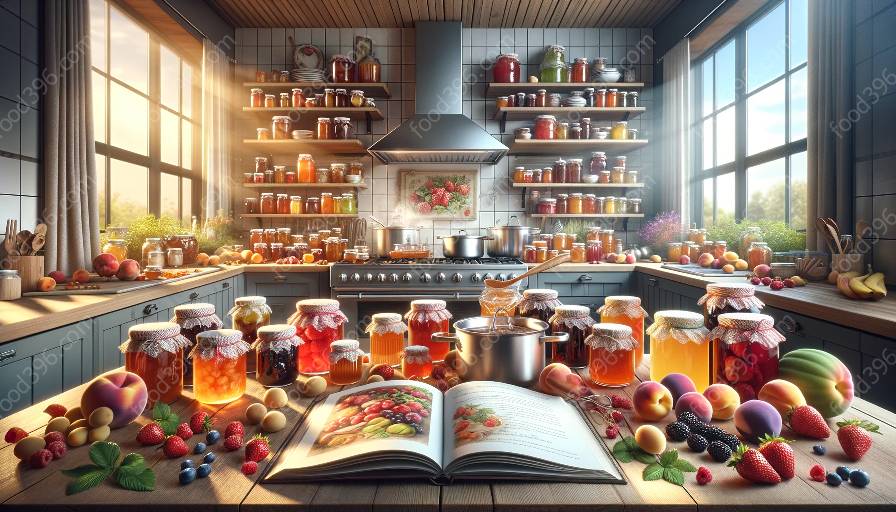Making jam and jelly can be a delightful and rewarding experience, but ensuring safety during the process is crucial. This article explores essential safety considerations when it comes to jam and jelly making, covering important precautions and best practices for food preservation and processing. Understanding these safety measures is vital for creating delicious preserves while ensuring the health and well-being of those who consume them.
1. Using Clean and Sterilized Equipment
One of the most critical safety considerations in jam and jelly making is ensuring the cleanliness and sterilization of all equipment and utensils. This includes pots, jars, lids, and any other tools used during the process. Thoroughly wash and sanitize all equipment before use to prevent the growth of harmful bacteria or other contaminants in the preserves.
2. Proper Handling of Ingredients
When working with fresh fruit and other ingredients, it is important to handle them safely to prevent contamination. Wash and inspect the fruit thoroughly before use, removing any spoiled or damaged portions. Additionally, ensure that any added ingredients such as sugar or pectin are of high quality and free from any potential contaminants.
3. Following Approved Recipes
To guarantee the safety and quality of the final product, it is crucial to follow approved recipes from reliable sources. These recipes have been tested and verified to ensure that the jam and jelly products meet established safety standards. Avoid making substitutions or alterations to ingredients and proportions unless the recipe specifically allows for modifications.
4. Monitoring Temperature and Processing
Properly monitoring temperature and processing times is essential for food safety when making jam and jelly. This includes accurately measuring cooking temperatures, processing times during boiling and cooling, and ensuring that the preserves reach the required temperature for safe storage and consumption.
5. Utilizing Appropriate Preserving Techniques
Understanding and implementing suitable preserving techniques such as water bath canning or pressure canning, depending on the type of preserve being made, is crucial for ensuring the long-term safety and stability of the finished products. Proper sealing and processing in these techniques help prevent the growth of harmful microorganisms.
6. Safe Storage and Labeling
Once the jam and jelly are made, it is important to store them safely to maintain their quality and prevent spoilage. Properly label the jars with the date of production and follow recommended storage guidelines to ensure that the preserves remain safe for consumption over an extended period.
7. Understanding the Risks of Botulism
Botulism is a rare but serious illness caused by toxins produced by the bacterium Clostridium botulinum. It can occur in improperly processed or stored canned foods, including homemade preserves. Understanding the risks associated with botulism and following appropriate canning and preserving techniques is essential for preventing this potentially life-threatening condition.
8. Regular Inspection and Quality Control
Regularly inspecting stored jars of jam and jelly for signs of spoilage, such as mold growth, off odors, or unusual discoloration, is crucial for ensuring product safety. If any jars show signs of spoilage or contamination, they should be discarded immediately to prevent any potential health risks.
9. Seeking Reliable Information and Guidance
Staying informed about the latest safety recommendations and guidelines for jam and jelly making is essential. Seek information from reputable sources such as food safety authorities, extension services, or culinary experts to stay updated on best practices and potential risks associated with preserving and processing foods.
Conclusion
When it comes to making delicious and safe jam and jelly, understanding and adhering to essential safety considerations is paramount. By following proper hygiene practices, using approved recipes, employing suitable preserving techniques, and staying informed about potential risks, home preservers can create delectable preserves while prioritizing the health and safety of themselves and those who enjoy their delightful creations.

